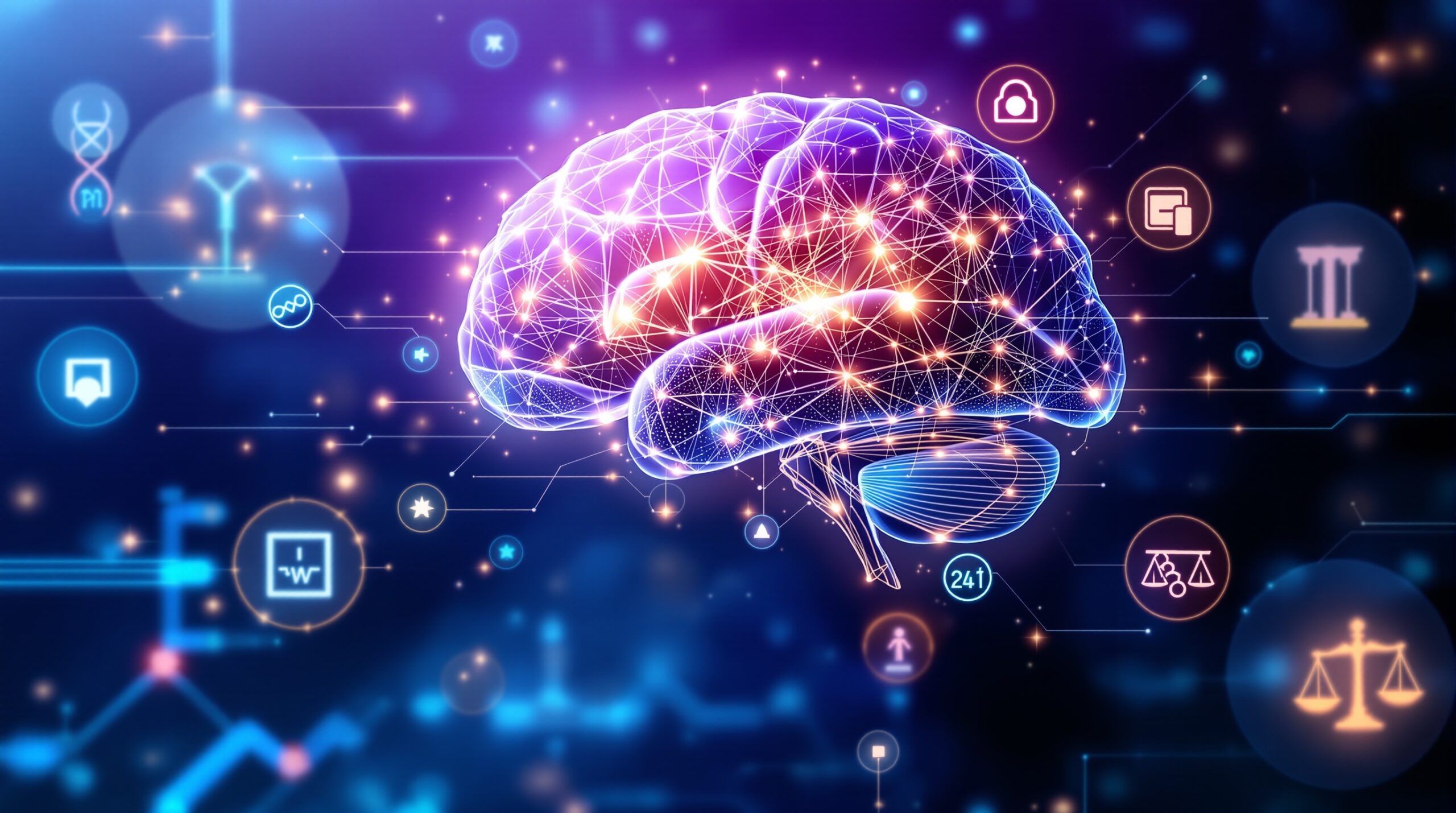15 Fascinating Neuroscience Facts About the Brain and Mind in 2025
Neuroscience Facts About the Brain and Mind
Introduction
Neuroscience continues to unravel the complexities of the human brain and mind, offering profound insights that challenge our understanding of cognition, behavior, and health. In 2025, researchers advance technologies and theories that highlight the brain’s remarkable adaptability and potential. This listicle compiles 15 fascinating facts drawn from recent studies, emphasizing evidence-based findings that captivate scientists and enthusiasts alike. These revelations not only deepen scientific knowledge but also inform practical applications in medicine and daily life. Discover how the brain’s intricacies shape our reality.
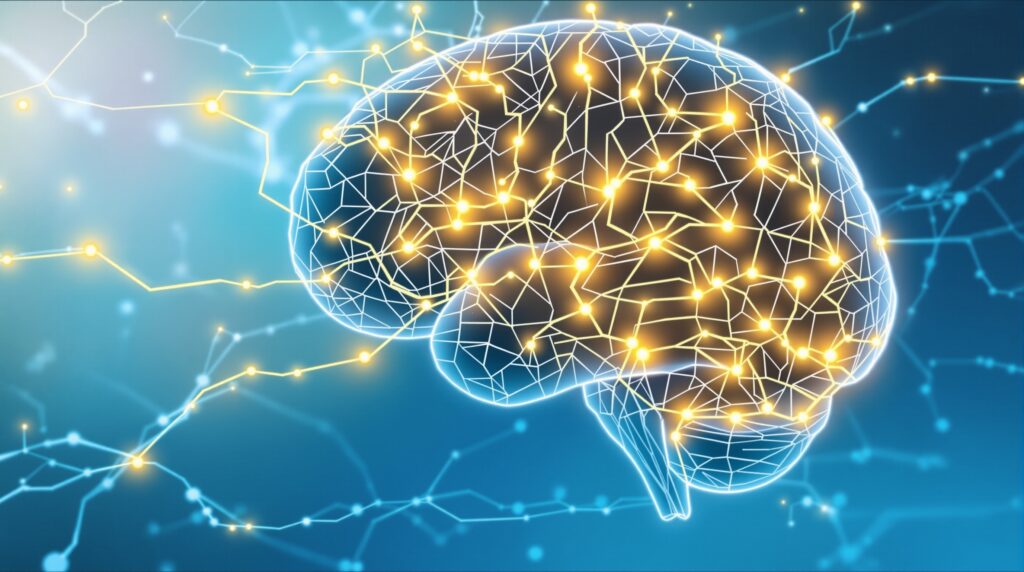
Fact 1: The Brain Rewires Itself Through Neuroplasticity Even in Adulthood
Scientists demonstrate that the brain actively rewires connections throughout life, a process known as neuroplasticity, enabling recovery from injuries and adaptation to new learning. Researchers develop apps like Lumosity that target memory and attention, pairing them with non-invasive stimulation to enhance cognitive functions. This fact overturns old notions of a static adult brain, showing how behavioral interventions strengthen neural pathways. For instance, studies reveal that pharmacological supports in animal models boost memory consolidation, offering hope for treating neurodegenerative diseases. Neuroplasticity empowers individuals to maintain brain health, reducing risks of cognitive decline through consistent mental exercises. External link: Learn more about neuroplasticity trends at QMENTA’s blog.
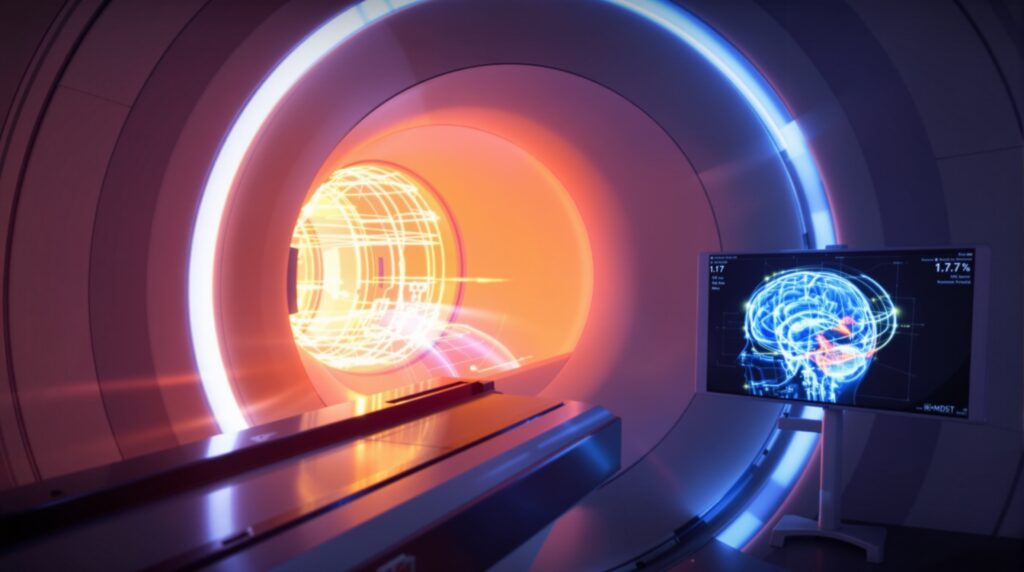
Fact 2: Ultra-High Field MRI Scanners Achieve Unprecedented Brain Imaging Resolution
Engineers push MRI technology to new heights with machines like the 11.7T Iseult scanner, capturing brain details at 0.2mm resolution in mere minutes. These advancements allow scientists to visualize neural structures with clarity previously unattainable, aiding in diagnosing subtle abnormalities. Collaborations between universities and companies produce portable, helium-free units that make imaging more accessible. Rotating scanners enable weight-bearing views, transforming spinal and brain assessments. This evolution democratizes neuroscience research, accelerating discoveries in brain mapping. External link: Explore MRI innovations at QMENTA’s insights.
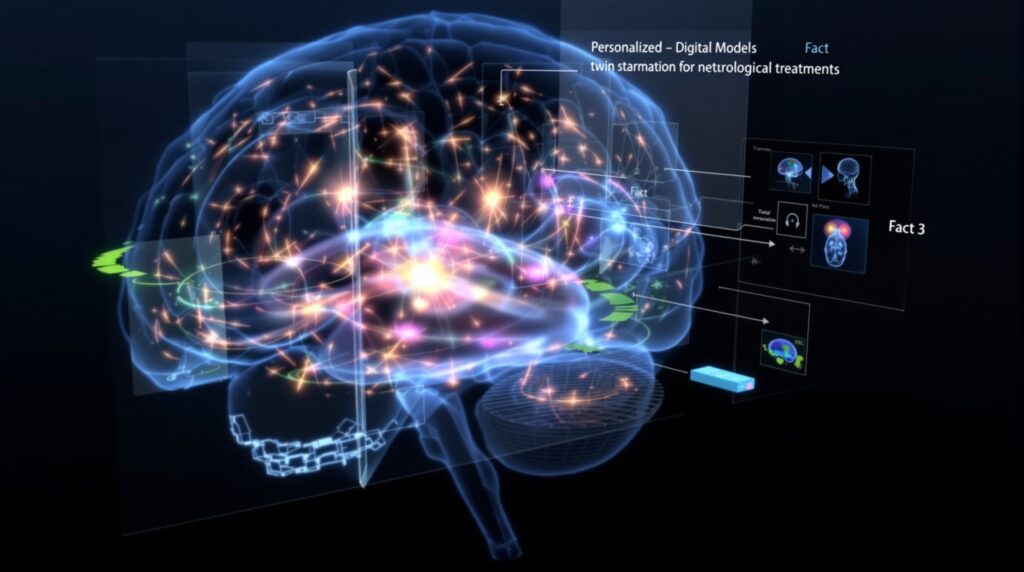
Fact 3: Digital Brain Models Simulate Personalized Neurological Treatments
Researchers create digital twins of the brain, dynamic models that evolve with real data to predict disease progression and test therapies virtually. Projects like the Virtual Epileptic Patient use neuroimaging to simulate individual conditions, guiding precise interventions. Full-scale replicas capture brain functions, fostering interdisciplinary progress. These models revolutionize personalized medicine, allowing doctors to tailor treatments without invasive procedures. Implications extend to ethical considerations in data usage. External link: Delve into digital models at QMENTA’s article.
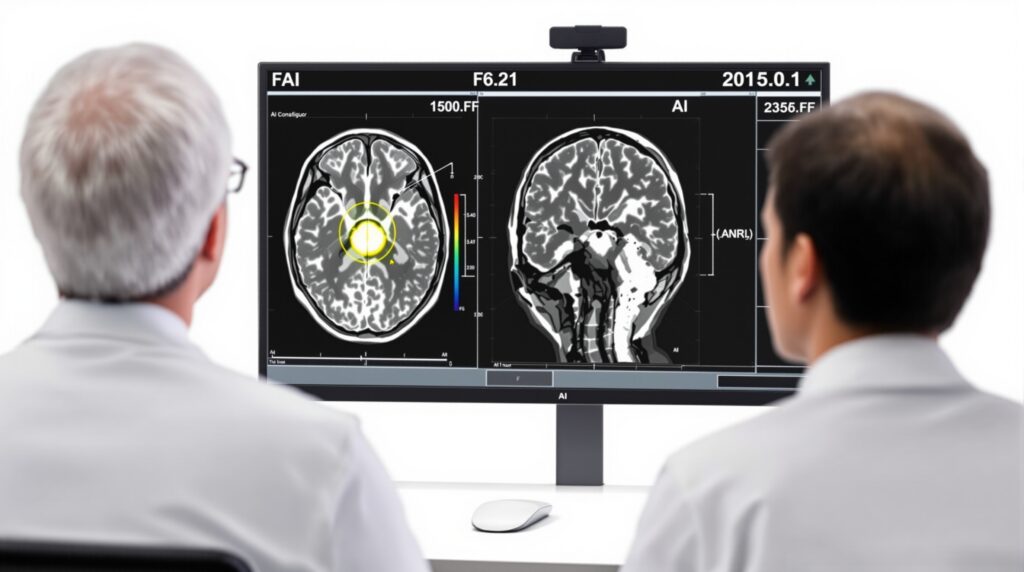
Fact 4: AI Automates Neuroradiology Tasks, Enhancing Diagnostic Efficiency
Artificial intelligence integrates into clinics, automating tumor segmentation in MRI scans and supporting decision-making processes. Tools like Grok analyze medical images, freeing specialists for patient-focused care. Forecasts indicate AI impacts 40% of working hours, streamlining workflows despite integration challenges. This fact highlights AI’s role in alleviating healthcare burdens, improving accuracy in detecting neurological issues. Privacy concerns prompt ongoing refinements. External link: Read about AI in neuroradiology at QMENTA’s trends.
Fact 5: Neuroethics Emerges as a Critical Field Amid Brain-Tech Advances
Experts address ethical dilemmas in neuroscience, such as privacy in brain-computer interfaces that potentially read thoughts. Advances raise questions about fairness and accessibility, urging guidelines to protect personal data. Neuroenhancement technologies challenge societal norms, demanding balanced oversight. This fact underscores the need for ethical frameworks to ensure innovations benefit humanity equitably. External link: Understand neuroethics at QMENTA’s discussion.
Fact 6: Temporary Neural Connections Prime Sensory Circuits in Development
Neuroscientists identify the protein mGluR1 regulating temporary connections in the mouse brain, crucial for touch sensitivity and linked to autism. Teams at Cold Spring Harbor Laboratory (CSHL) reveal how misregulation disrupts development, informing therapeutic strategies. This discovery guides interventions for developmental disorders, enhancing early detection. External link: Discover more at CSHL’s research.
Fact 7: NMDA Receptors “Twist” to Enable Brain Functions
Researchers decipher the NMDA receptor’s rotational opening, essential for cognition and implicated in disorders like Alzheimer’s. CSHL scientists target this mechanism for drug development, potentially treating depression. This fact illuminates molecular processes driving neural communication. External link: Explore the protein twist at CSHL’s page.
Fact 8: Prenatal Inflammation Influences Autism Risk
Studies show viral exposure in pregnant mice leads to embryonic brain deficits, providing clues to autism’s origins. CSHL postdocs identify early markers, enabling prenatal screening. This insight shifts focus to environmental factors in neurodevelopment. External link: Learn about unseen environments at CSHL’s findings.
Fact 9: Oligodendrocyte Precursor Cells Prune Synapses Like Landscapers
CSHL methods observe OPCs trimming excess synapses in the visual cortex, linking to glioma and Alzheimer’s. This pruning shapes circuitry, with tools now shared globally for further research. External link: Read on brain landscapers at CSHL’s experiment.
Fact 10: Autoimmune Antibodies Target Brain Receptors in Encephalitis
Scientists map how antibodies bind NMDA receptors in encephalitis, advocating personalized treatments for this misdiagnosed condition. CSHL findings improve diagnostics, distinguishing from schizophrenia. External link: Extinguish brain fires at CSHL’s study.
Fact 11: Sensory Signals Merge to Guide Maternal Behaviors
Researchers trace olfactory and auditory cues converging in the mouse brain, influencing actions like pup retrieval. This integration explains social cue processing, relevant to autism. External link: Uncover mixed signals at CSHL’s research.
Fact 12: Feedback Loops Enhance Olfactory Adaptation
A discovered loop between brain regions allows rapid smell adjustments, aiding perception and response. CSHL postdocs link this to multisensory integration. External link: Get a hearing aid for your nose at CSHL’s discovery.
Fact 13: Ketamine Targets Rare NMDA Receptors for Mental Health Benefits
Proof of GluN1-2B-2D receptors in mammals suggests ketamine’s antidepressant effects, promising safer therapies. CSHL research minimizes side effects. External link: From club drug to treatment at CSHL’s proof.
Fact 14: Multitasking Impairs Brain Efficiency
The brain switches contexts rather than multitasks, increasing errors by 50% and doubling time. This myth-busting fact promotes focused work for better productivity. External link: More brain facts at Dent Neurologic Institute.
Fact 15: The Brain Comprises 75% Water, Making Hydration Crucial
Dehydration as low as 2% hampers memory and attention, emphasizing water’s role in neural function. Maintaining hydration supports electrolyte balance for optimal cognition. External link: Hydration insights at Dent’s list.
Conclusion
These 15 neuroscience facts illuminate the brain’s dynamic nature, from molecular twists to ethical frontiers. In 2025, such discoveries drive innovations that enhance mental health and understanding. Scientists continue to explore these wonders, promising a future where we harness the mind’s full potential. Stay informed as research evolves.

